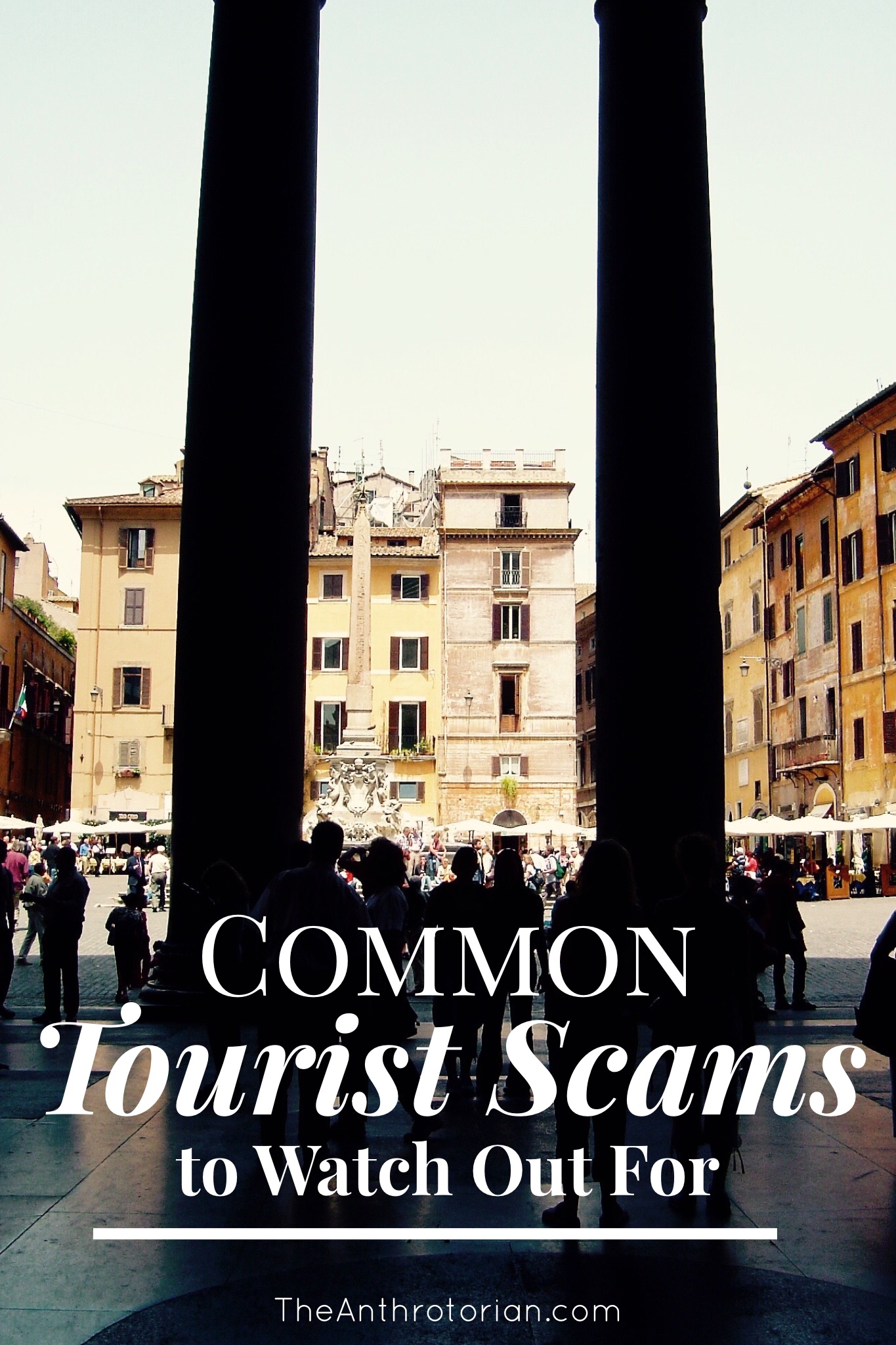On the day that Mount Vesuvius erupted in 79AD, the sun disappeared behind a thick column of black smoke and the pristine blue of the Amalfi sky was clouded with ash.
A series of pyroclastic surges — low, fast-moving waves of hot, lethal gases and ash — covered Pompeii, instantly killing its remaining citizens that had not escaped the city in time.
The material covering the bodies of the dead quickly turned to mud, encasing them completely, and solidifying around them. As the flesh and bone decomposed, they left behind a void that perfectly preserved the shape, size, facial expressions and, in some cases, details like hair, clothing, and belts of the deceased.
During excavations being performed at Pompeii in the late 1700s, these human remains and imprints in the ash were discovered for the first time.
It was not until 1864 however that Giuseppe Fiorelli, a Italian architect and the director of excavations at the site, came up with the method of pouring plaster into the hollows to preserve these imprints.
“they left behind a void that perfectly preserved the shape, size, and facial expressions of the deceased ”
Recently, transparent glass fibers have replaced plaster for making these human casts in order to allow archeologists to see and study any remaining bones or relics left in the voids.
Though eerie and somewhat morbid — you are literally looking at the moment that a person died face in hands, hunched or kneeling — these moulds are critical to archeologist’s understanding of the health, habits and details about the people of Pompeii and their last moments on earth.









